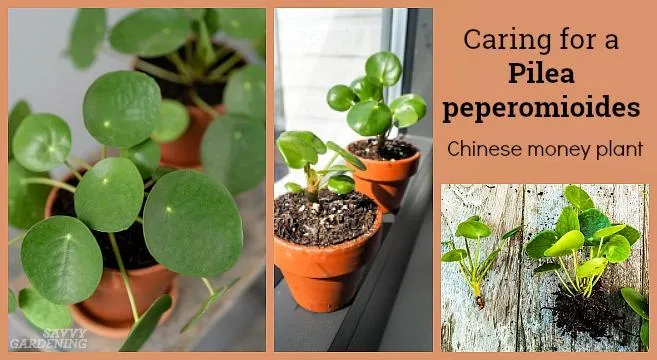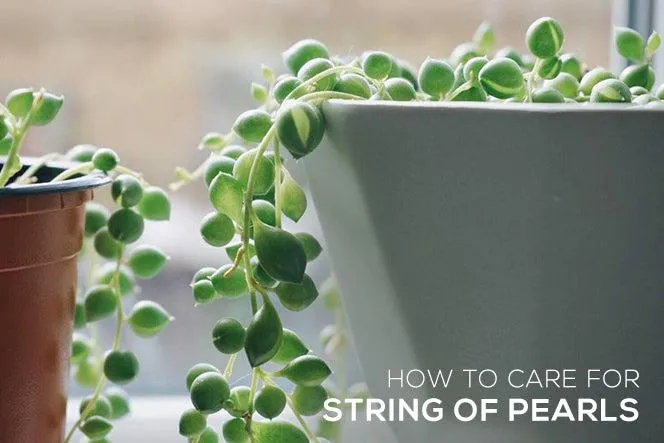Everything You Need to Know About Caring for Hanging Foliage Plants
Caring for hanging plants can be sort of tricky since they’re up off the ground and all. But with the right care routine, your hanging foliage plants will thrive for seasons to come. In this article, I’ll cover all the basics of light, water, fertilizer and more to keep your hanging beauties looking stunning.
Choosing the Right Spot
Light is super important for hanging plants. Most foliage varieties need medium to bright indirect light. From my experience, an east or west-facing window is ideal. South could be too hot and sunny depending on where you live. North not enough light. One exception is English ivy – that guy can handle low light.
You’ll also want to think about spacing. Crowding plants together blocks light and airflow between them. Give each a few inches. Above, make sure they have plenty of headroom below ceilings or overhangs. Maybe hang them from a porch or deck if space is limited inside.
Watering Wisdow
When it comes to watering, the rule of thumb is to let the top inch of soil dry out between waterings. Stick your finger in the soil to check moisture level. Kind of like polling voters – get a sense of what the soil thinks it needs, ya know? For most foliage beauties, once a week should do the trick. Some that like it on the drier side include ivy, ferns and peperomias.
Keep in mind how weather affects water needs too. Basically, more sun = more water. And don’t overdo it in winter when plants are dormant. On the other hand, during hot spells when AC runs constantly, you may need to water more frequently.

Fertilizing Fundamentals
Many potting soils are only nitrogen-rich for the first few months. After that, plants can benefit from a balanced fertilizer like a 10-10-10 every few months during the growing season. In the spring and summer is best when growth peaks. I just dilute it per the label and water as usual. Sort of stealing nutrients from one plant to feed the others.
Foliage friends especially hungry for nutrients include philodendrons, pothos and Chinese evergreens. You may notice faded or small leaves if they need a boost. I give them a little extra TLC at those times. Too much fertilizer though and you’ll have a very unhappy plant. Gotta find that sweet spot, ya dig?
Repotting & Reporting
The roots of hanging plants can become pot bound over time. When roots start growing out the drainage holes, it’s time to repot in a container just 1-2 inches wider. In the spring is best when plants are actively growing. Here’s my usual repotting process:
- Gently remove plant from original pot. Try not to break too many roots but get as much of the old soil off as you can.
- Fill new container with fresh potting soil, leaving space at the top for the root ball.
- Position plant in center and add more soil around the roots, firming gently.
- Water well and return to its hangin’ spot!
Woah, lookit the roots on this pilea peer–total spaghetti mess! It was definitely due. Reporting keeps plants healthy and looking lush for longer.
Common Pests and Problems
No care routine is complete without a pest prevention strategy. The biggest hanging plant pest around here seems to be spider mites. Little buggers are almost invisible to the naked eye. You’ll know them by the tiny webs and stippling on leaves. Isolate the plant ASAP and spray down with soapy water. Repeatedly if needed.

Mealybugs are another sneaky one. Look for fluffy white spots, especially where leaves meet stems. Wipe them off carefully with alcohol on a cotton ball. Keep plants from getting too dry which stresses them out and makes pests more likely too.
Leaf drop can mean over or under watering. Wilting is usually from too little H2O. Yellow leaves could be from mineral build up in the soil or not enough nutrients. By paying attention to your plant’s particular needs, most problems can be avoided.
Pruning for Shape and fullness
Some hanging plants like English ivy or spider plants send out long leggy trails. At times it’s nice to prune them back to encourage fuller growth. With ivy I trim off the end 6 inches or so of each new vine. Spider plants I remove any pups after 3-4 leaves form. Also deadhead spent flower spikes for continual blooms.
In fall and winter when growth slows, it’s fine to leave them be though. Focus on keeping soil slightly drier and out of drafts then. Amazing that these beauties can survive indoors year-round! Their foliage brings such nice greenery to spice up any space.
Any other hanging plant questions? Feel free to ask away in the comments. Hopefully this guide has covered all the bases on how to care for your hanging foliage friends. Biggest piece of advice is start with the right light and water according to each plant’s individual needs. From there, you’re set to enjoy these beauties for seasons to come! Lemme know if you have any other plant care Qs.

Hanging Foliage Plant Care Tips
| Plant | Watering | Light | Soil | Temperature |
|---|---|---|---|---|
| Pothos | Let soil dry between waterings | Bright indirect light | Well-draining potting mix | 55-80°F |
| Philodendron | Water when top inch of soil is dry | Medium to bright indirect light | Rich, well-draining potting mix | 55-85°F |
| Spider plant | Water when top inch of soil is dry | Bright indirect light | Well-draining potting mix | 50-85°F |
| English ivy | Water when top inch of soil is dry | Medium to bright indirect light | Well-draining potting mix | 45-75°F |
| Wandering Jew | Water when top inch of soil is dry | Medium to bright indirect light | Well-draining potting mix | 45-80°F |
FAQ
-
How often should I water hanging foliage plants?
Basically, you’ll want to water hanging plants whenever the soil becomes dry. Stick your finger in the soil and if it feels dry about 1 inch down, it’s time to water. Try not to let the soil get bone dry or the plants may get damaged. Around once a week is a usual schedule. But check each plant individually since their needs may differ a little based on things like sunlight. At the same time, be careful not to overwater which can cause root rot.
-
What kind of soil is best for hanging plants?
Most hanging plants like a well-draining soil that doesn’t stay soggy. A potting mix especially for foliage plants works well. You can also make your own soil by combining peat moss, perlite or vermiculite, and compost. The peat moss and compost provide nutrients while the perlite or vermiculite ensures good drainage so the roots don’t sit in water. On the other hand, you can use a general indoor potting soil if that’s all you have. The key is to water carefully so the soil doesn’t get waterlogged.
-
How much sun do hanging plants need?
Hanging plants have different sunlight needs depending on the species. Some, like pothos and philodendron, can tolerate low light pretty well. These are good options for indoors. Other plants like coleus or Swedish ivy prefer bright, indirect sunlight. Check the plant tag or ask an expert at the garden store for the specific sunlight requirements. It’s safer to give them a bit less sun at first until they adjust to your home’s lighting. However, insufficient light may cause leggy growth or loss of lower leaves over time. So provide at least half a day of sunlight if you want the plants to look their best long-term.
-
How do I know if my hanging plants need fertilizer?
As with watering, the need for fertilizer varies per plant. Some signs it may be helpful are if growth seems sluggish, leaves appear pale or yellowish, or if you’ve had the plants for three months or more without feeding. You can use a general houseplant fertilizer diluted to half or quarter strength starting in spring through fall. Stronger/more frequent feeding may cause leaf burn. Check the fertilizer packaging for application details. On the other hand, if plants are thriving with no issues, they may not require extra nutrition. But fertilizing occasionally is basically harmless and could support additional growth.
Do you have any other questions about caring for hanging foliage plants? Feel free to ask – I’ll do my best to answer. Sometimes taking care of plants can seem a bit overwhelming with all the things to consider like water, sun, soil and pests. But don’t get discouraged! Hanging plants are pretty forgiving even if you don’t do everything perfectly. The main things are finding the right spot and watering when the soil is dry. With a little trial and error, you’ll become an expert plant parent in no time.

